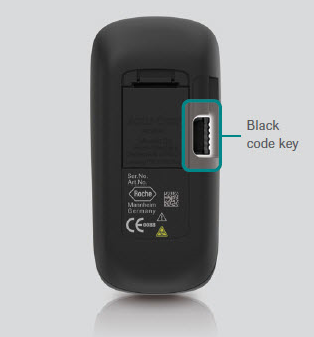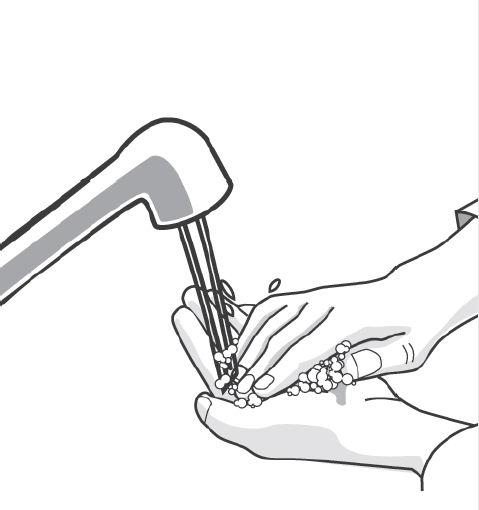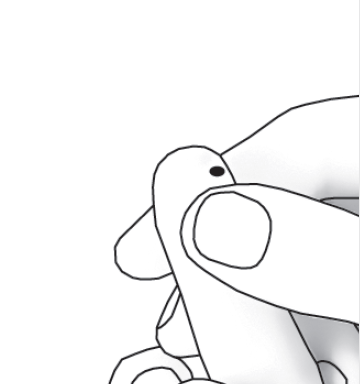Tips To An Accurate Blood Glucose Result
When you check your blood glucose (blood sugar), a lot of people assume that the meter will always give you an accurate result. However, a meter's accuracy depends upon a lot of factors. Below are a few of the factors that you are able to control:
Storage
Blood glucose strips are temperature sensitive and fragile, and must be stored under specific conditions1.
(Read your strip’s product package insert to know more).
Action:
- Avoid storing the strip vial in the kitchen or bathroom as it is humid, and avoid storing it in a vehicle for a long time as it does get quite hot.
Coding
All the Accu-Chek meters in Malaysia have moved to the latest non-coding system. This is to prevent wrong coding which can affect blood glucose result1.
Action:
- If your meter has a code key slot, ensure a black colored code key is inserted and leave it inserted till meter is disposed (This code key can be found in your nearest pharmacies).
- The black code key acts as a universal code which is the same to the non-coding system.


Preparations of Hands
Residue of unseen sugar substance on the skin from the food/ drink/ lotions will falsely increase your blood glucose level. Vice versa, water/ alcohol used to clean the hands can falsely decrease the blood glucose level1.
Action:
- Ensure that your hands are cleaned and dried thoroughly before finger pricking2.

Obtaining Blood Drop
Squeezing the pricked site forcefully to obtain a drop of blood can falsely decrease your blood glucose level as the fluid from the cells (interstitial fluid) will dilute the blood2.
Action:
Ensure a sufficient blood sample by2:
- Use warm water to wash your hands to increase blood circulation.
- Use an optimal depth during finger pricking.
- Gently massage your finger toward the fingertip to encourage a sufficient blood drop to form.

References:
1. Ginsberg, Factors Affecting Blood Glucose Monitoring: Sources of Errors in Measurement, 2009.
2. Mosby’s textbook for long-term care nursing assistants (7th edition), 2015.
Updated on 7 Jan 2019
